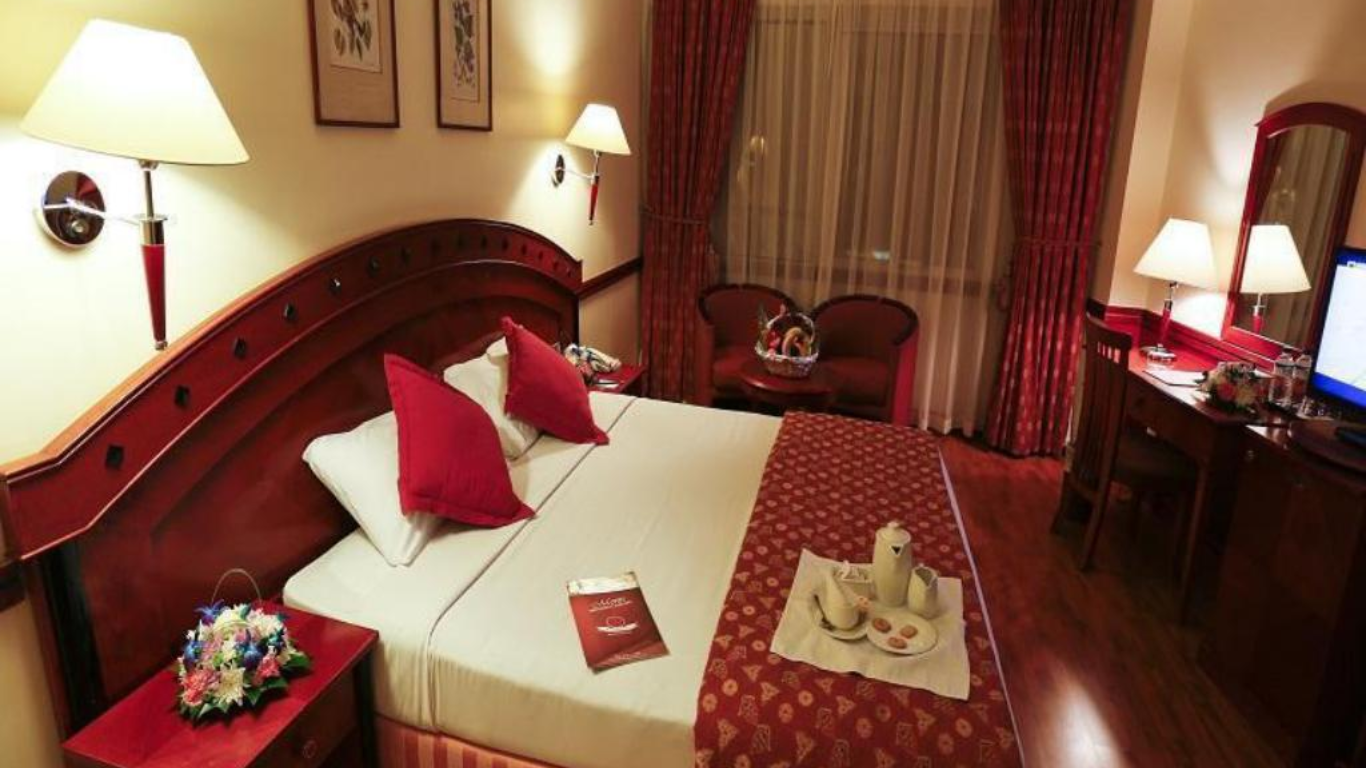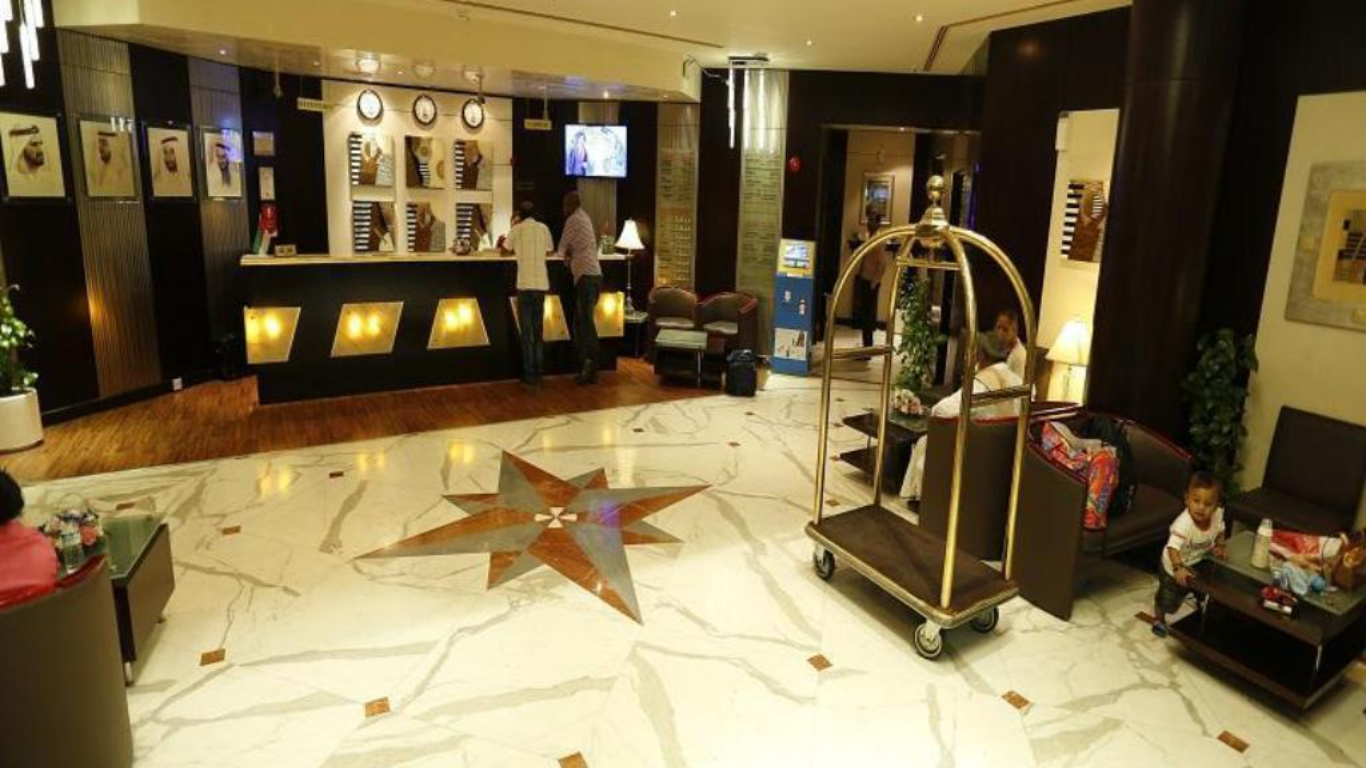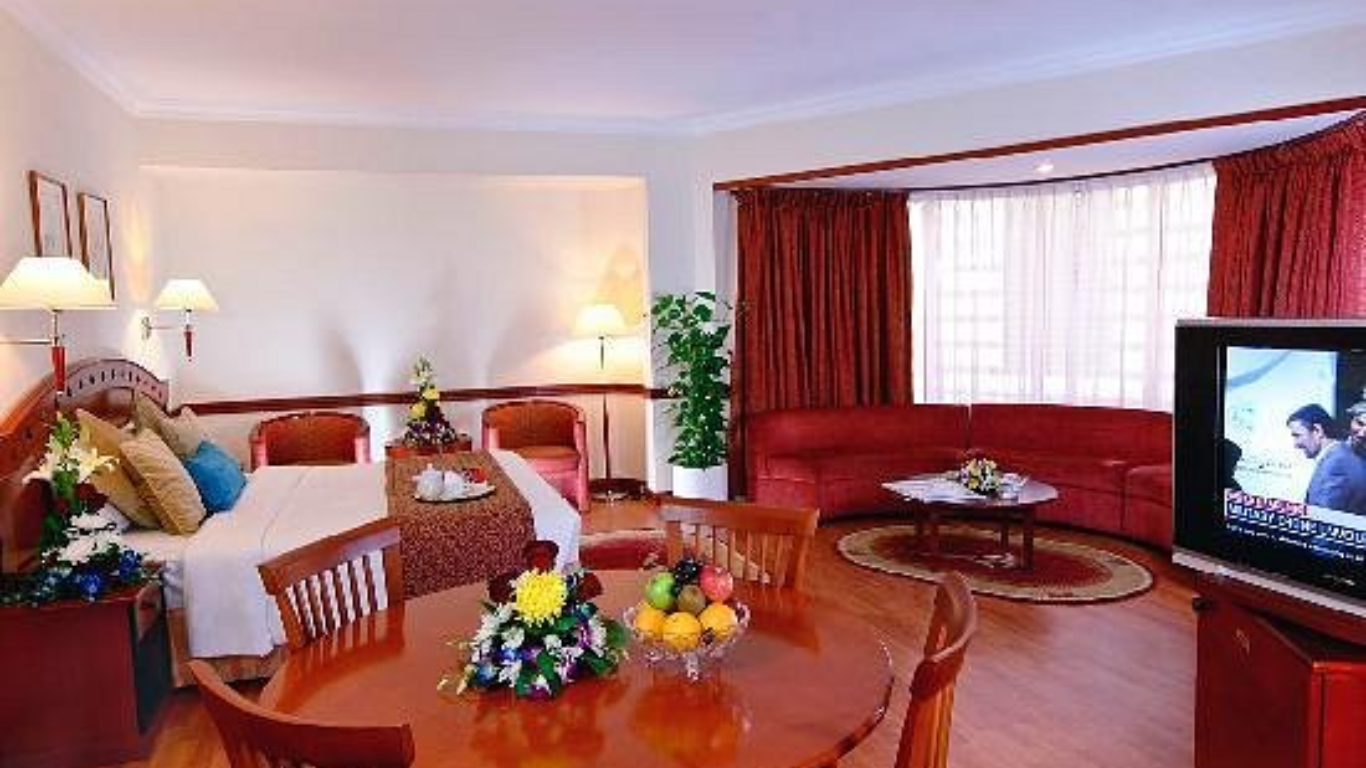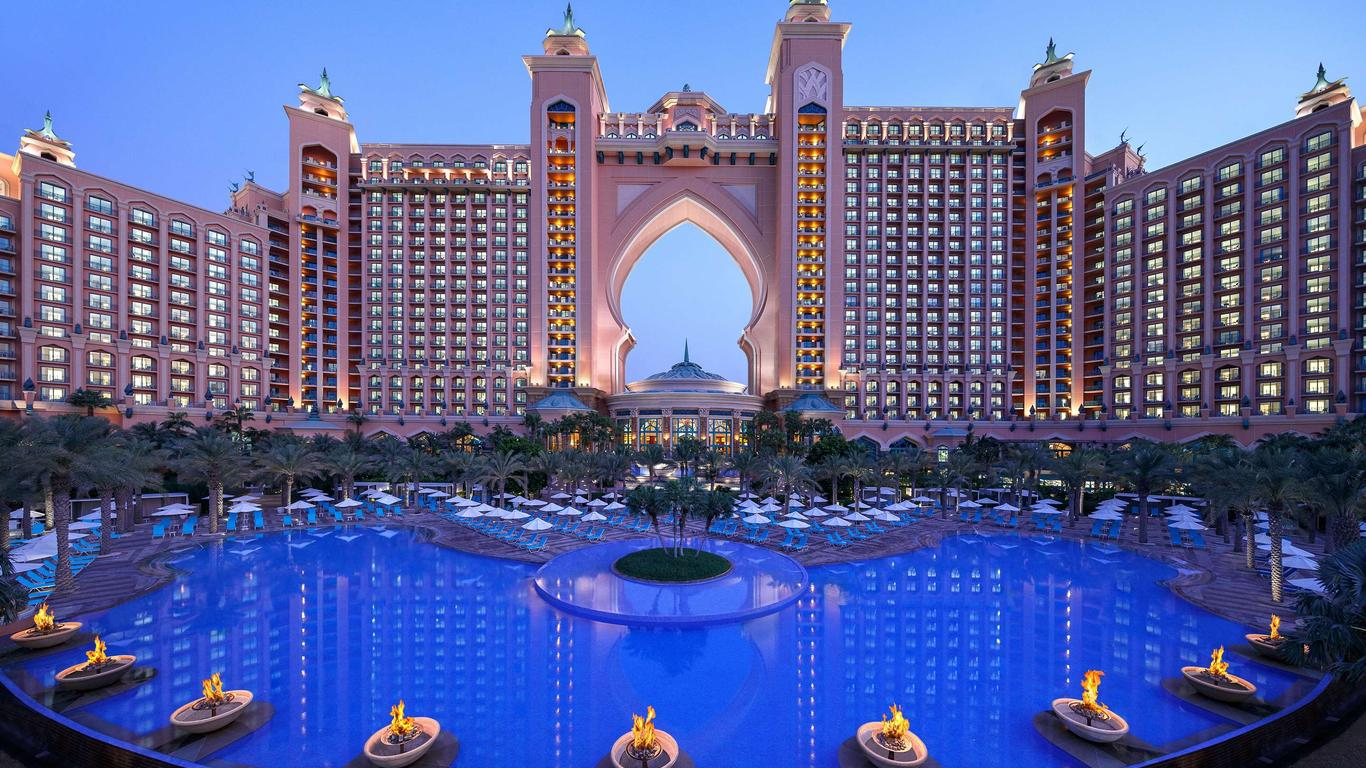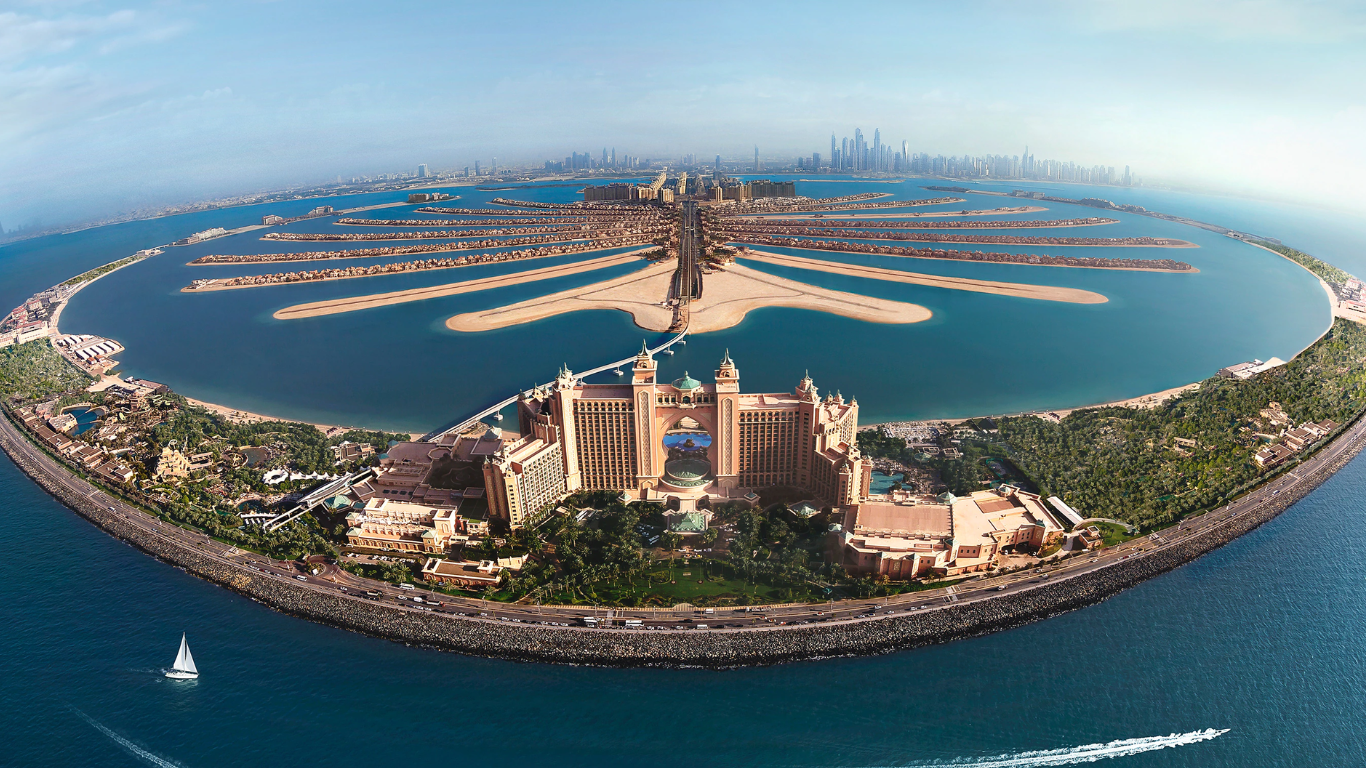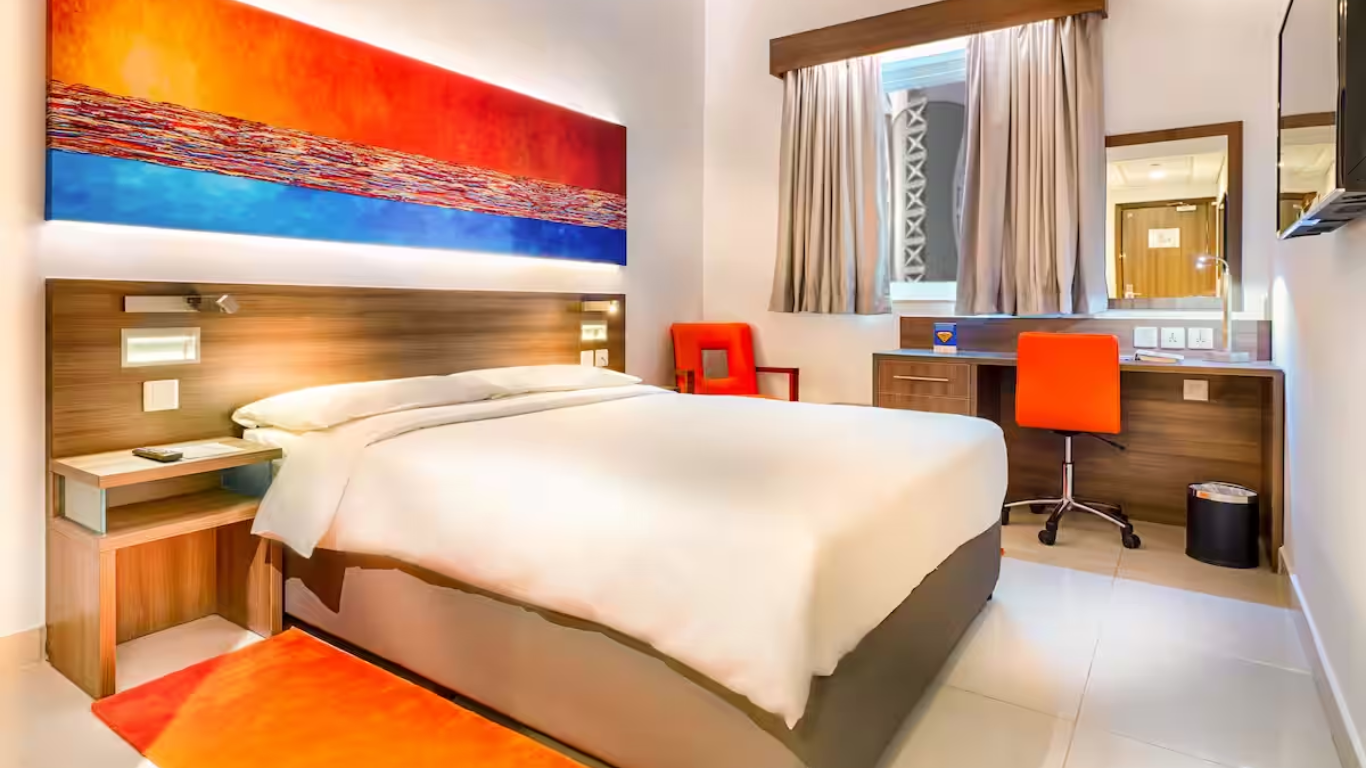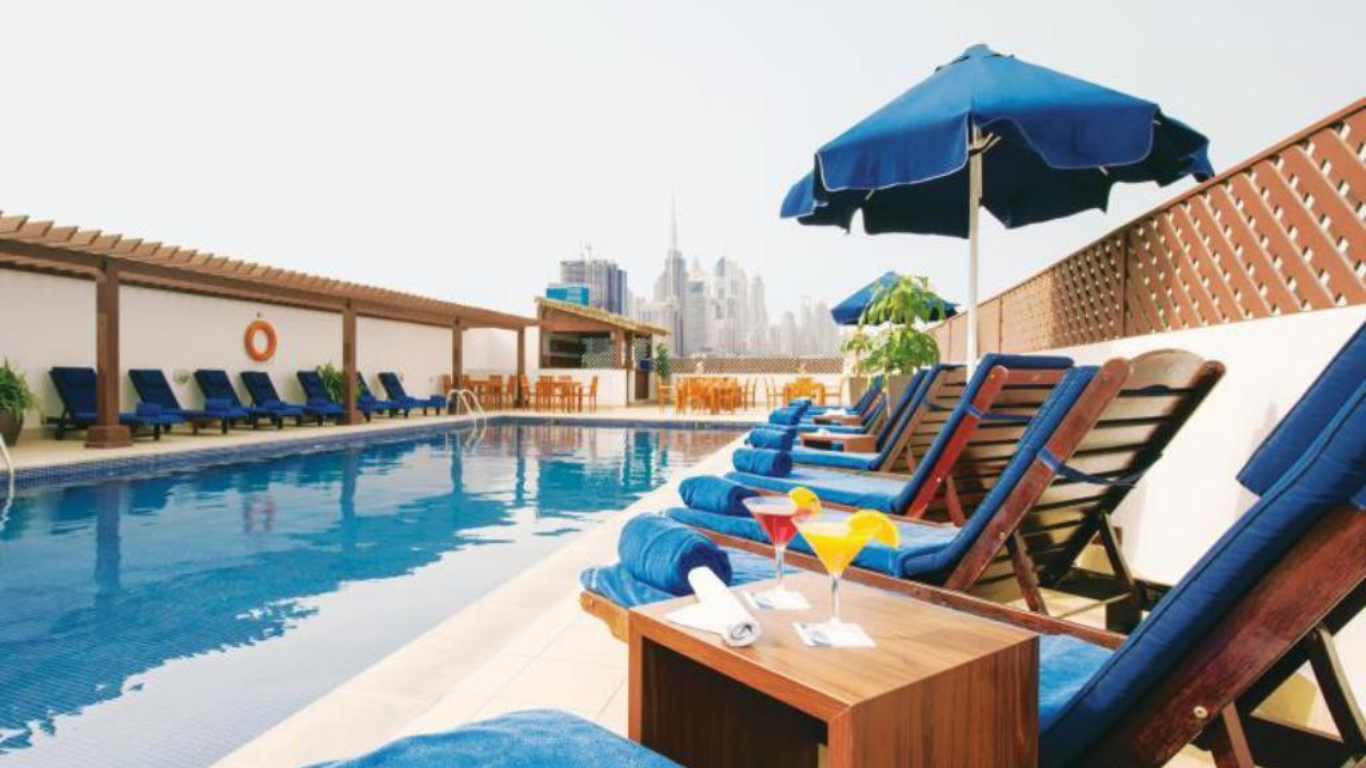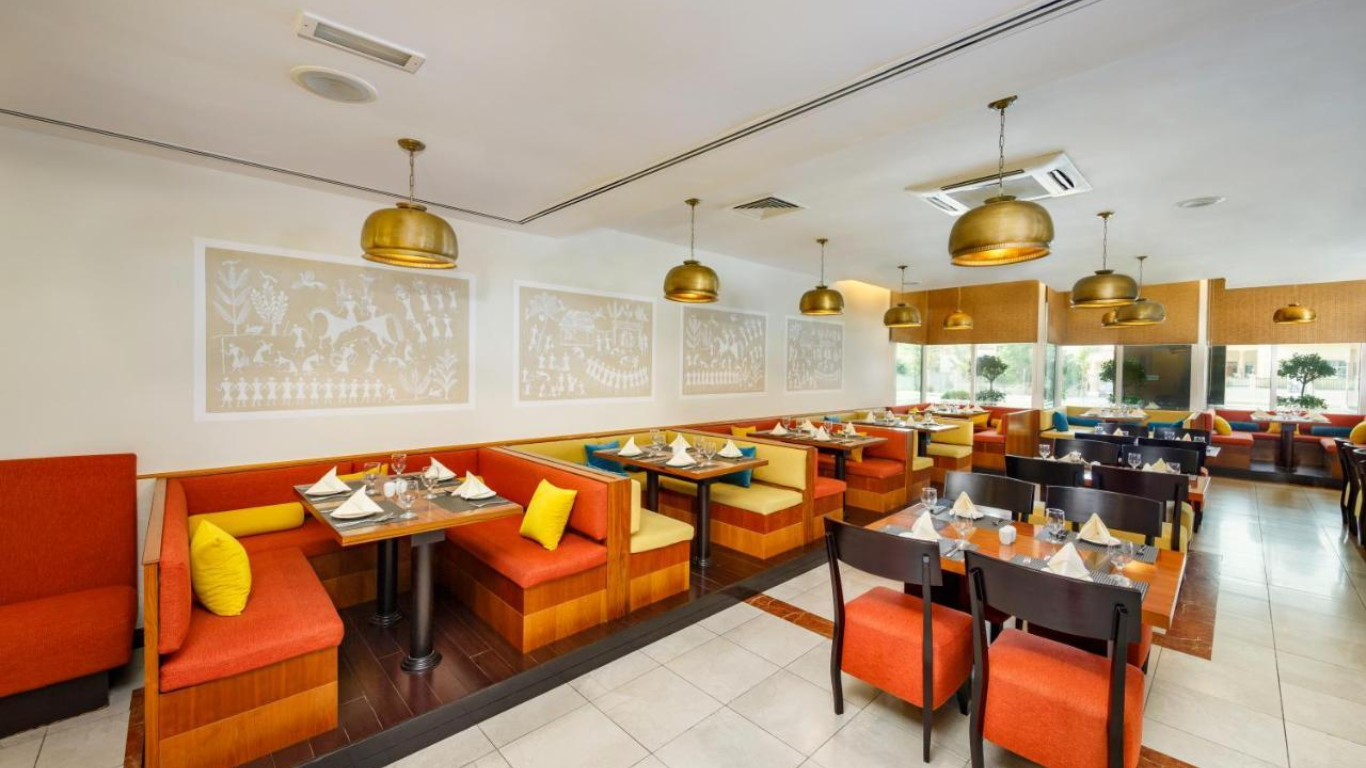Dubai
Dubai is a beautiful destination that offers a unique blend of modernity and tradition, luxurious amenities and natural beauty. Here are some reasons why:
Stunning Architecture: Dubai is home to some of the most stunning buildings in the world, including the iconic Burj Khalifa, which is the tallest building in the world. Other architectural marvels in Dubai include the Burj Al Arab, Palm Jumeirah, Dubai Frame, and the Dubai Miracle Garden.
Pristine Beaches: Dubai has a long coastline with some of the most beautiful beaches in the world. The crystal-clear waters of the Arabian Gulf and the golden sand of the beaches make it an ideal destination for sunbathing, swimming, and other water sports.
Shopping: Dubai is known for its luxury shopping malls, including the Dubai Mall, which is one of the largest shopping centers in the world. You can find everything from designer clothing to electronics and jewelry in Dubai’s shopping malls.
Adventure Activities: Dubai is a hub for adventure activities like skydiving, hot air ballooning, dune bashing, and sandboarding. Visitors can also enjoy water sports like jet skiing, wakeboarding, and parasailing.
Cultural Attractions: Dubai is a city steeped in history and culture. Visitors can explore the traditional souks, visit the Dubai Museum, or take a dhow cruise on Dubai Creek to experience the city’s rich heritage.
Kayaking
Kayaking is the use of a kayak for moving across water. It is distinguished from canoeing by the sitting position of the paddler and the number of blades on the paddle. A kayak is a low-to-the-water, canoe-like boat in which the paddler sits facing forward, legs in front, using a double-bladed paddle to pull front-to-back on one side and then the other in rotation. Most kayaks have closed decks, although sit-on-top and inflatable kayaks are growing in popularity as well.
Kayaks were created thousands of years ago by the Inuit, formerly known as Eskimos, of the northern Arctic regions. They used driftwood and sometimes the skeleton of whale, to construct the frame of the kayak, and animal skin, particularly seal skin was used to create the body. The main purpose for creating the kayak, which literally translates to “hunter’s boat” was for hunting and fishing. The kayak’s stealth capabilities, allowed for the hunter to sneak up behind animals on the shoreline, and successfully catch their prey. By the mid-1800s the kayak became increasingly popular and the Europeans became interested. German and French men began kayaking for sport. In 1931, a man named Adolf Anderle became the first person to kayak down the Salzachofen Gorge, this is where the birthplace of modern-day white-water kayaking is believed to have begun. Kayak races were introduced in the Berlin Olympic Games in 1936.
In the 1950s fiberglass kayaks were developed and commonly used, until 1980s when polyethylene plastic kayaks came about. Kayaking progressed as a fringe sport in the U.S. until the 1970s, when it became a mainstream popular sport. Now, more than 10 white water kayaking events are featured in the Olympics.While kayaking represents a key international watersport, few academic studies have been conducted on the role kayaking plays in the lives and activities of the public .
River Rafting
An adventure is an exciting or unusual experience. It may also be a bold, usually risky undertaking, with an uncertain outcome.Adventures may be activities with some potential for physical danger such as traveling, exploring, skydiving, mountain climbing, scuba diving, river rafting or participating in extreme sports.
The term also broadly refers to any enterprise that is potentially fraught with physical, financial or psychological risk, such as a business venture, or other major life undertakings.



